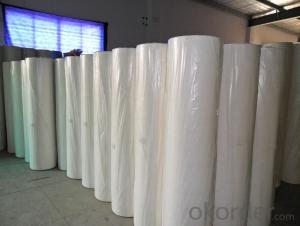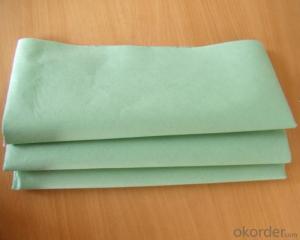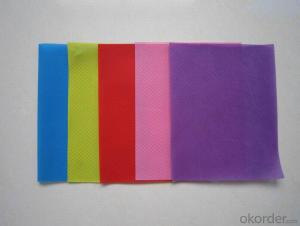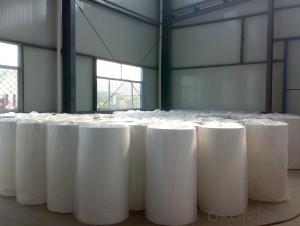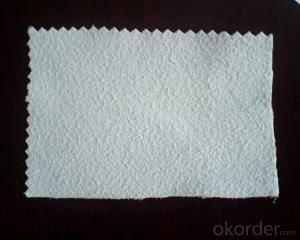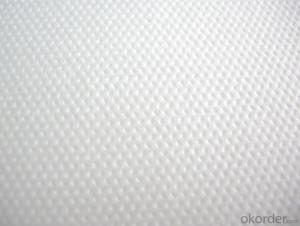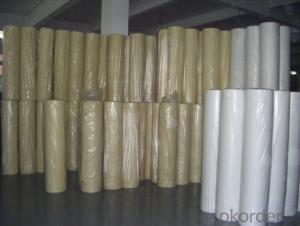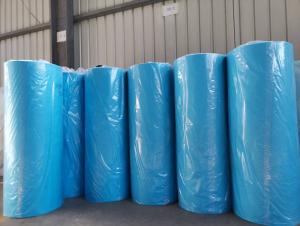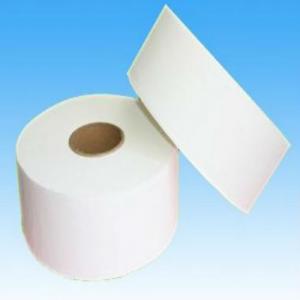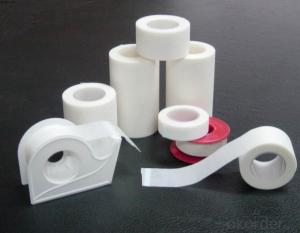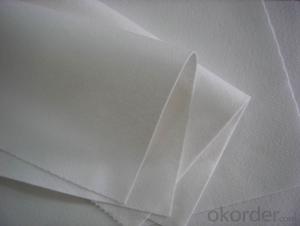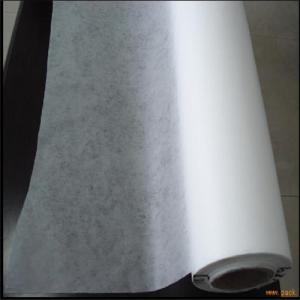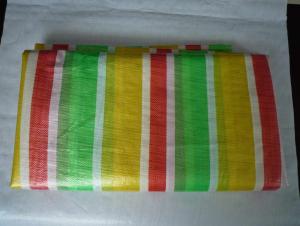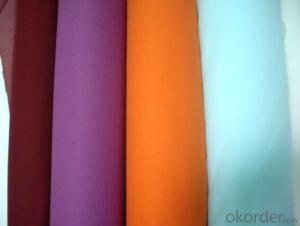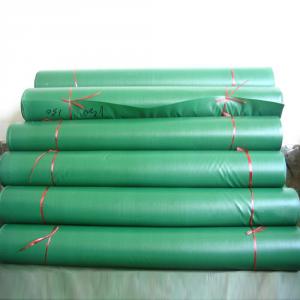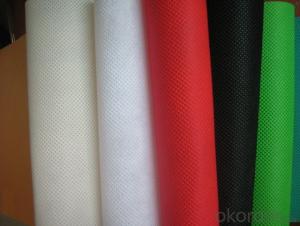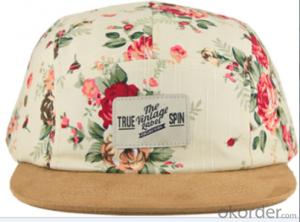Hot Sales Promotion PP Table Mat PP Spunbonded Non woven Fabric
- Loading Port:
- Shanghai
- Payment Terms:
- TT OR LC
- Min Order Qty:
- 1000 kg
- Supply Capability:
- 10000 kg/month
OKorder Service Pledge
OKorder Financial Service
You Might Also Like

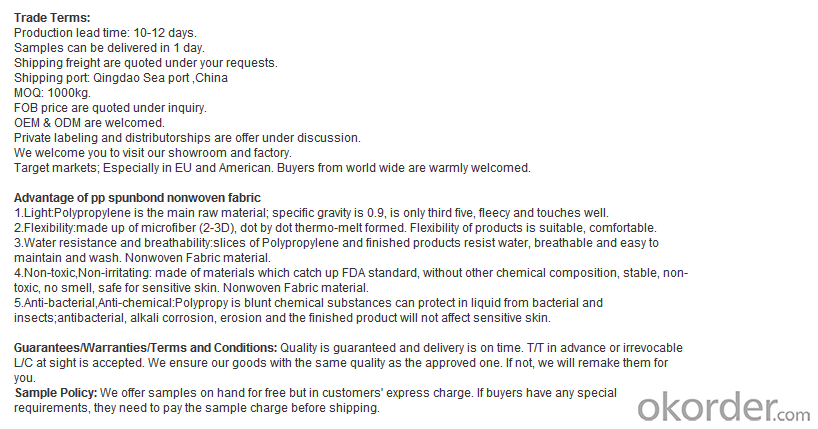

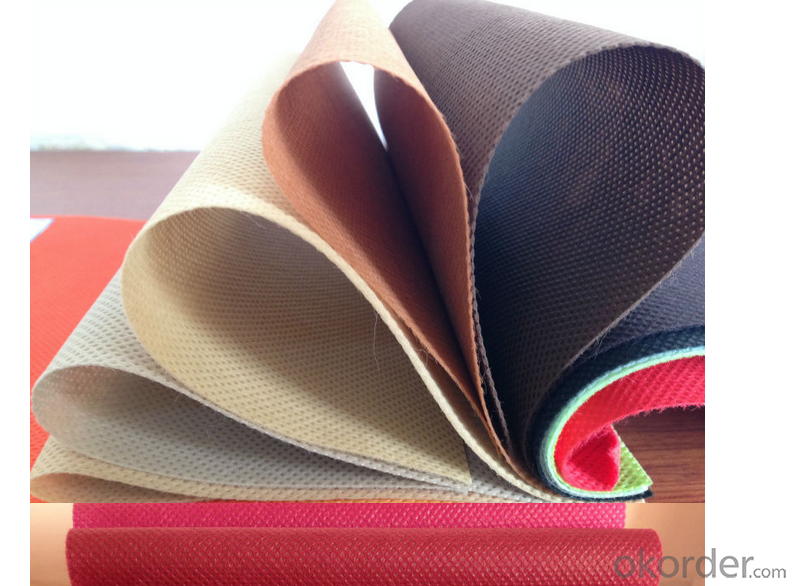

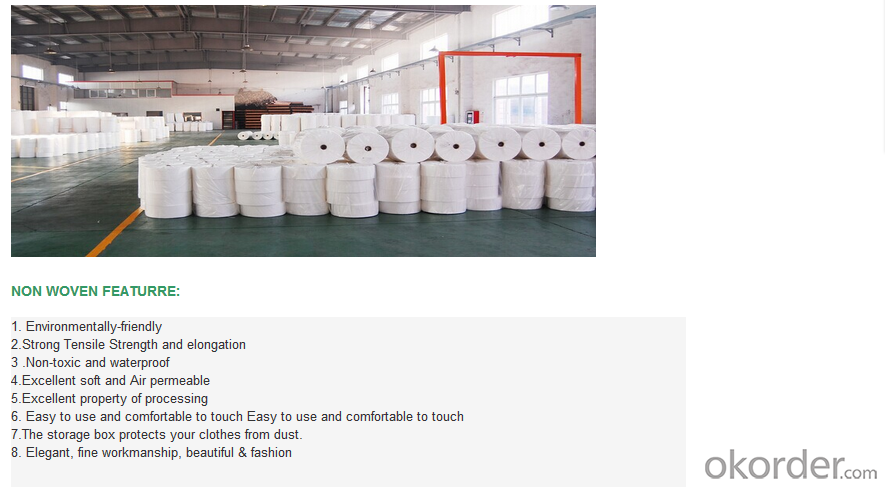
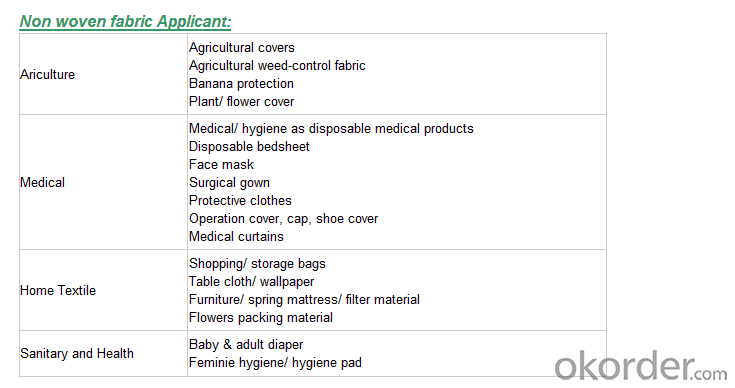
We are recognized as a reliable Manufacturer, Exporter and Supplier of Non Woven Fabric. We can provide Non Woven Fabric in any gram/m2 and any colour required by customer. Non Woven Fabrics are broadly defined as sheet or web structures bonded together by entangling fiber or filaments (and by perforating films) mechanically, thermally or chemically. PP Spun bonded Non woven Fabrics are produced using a precise extrusion-based technology. The polymer is stretched into a continuous filament and loosely spread onto a conveyor belt to form the web. Air is used to form and lay the fabric filaments. On the other hand, some non woven fabrics can be recycled after use, given the proper treatment and facilities.
Product Specifications
Weight: 10 - 150 gsm
Width: Max 1600 mm (can be slit)
Fabric Roll Length: As per buyer’s need ( 200 - 1200 Mtr)
Color: various colors available.
Procedure of production: Spun bonded Non Woven, Diamond design
Material: polypropylene
Minimum Order: 1000 Kg
Sample: sample free, freight collect
Product Application
Non woven fabric manufacturers usually manufacture the fabric in a roll form. It is then sent to various other industries where it has end applications, where is it cut and given different form depending upon the use. They can also be used in combination with different materials and offer a wide range of products.
Colored Non woven fabrics are use in many sectors and variety of applications, such as Health, Hygiene, Medical, Packaging, Agriculture, Furniture Upholstery, Geo Textiles, Leather Industry, Shoes and Garments. Customers come from the textile and automotive industries as well as many other sectors.
- Q: The weight of the textile fabric
- This is calculated using the formula, we are Jiangyin snow lotus wool mill, from raw materials to finished products need to be calculated, the guests need 1000 meters finished cloth, weighing 600 grams, the composition is 50 wool 50 polyester, and that need to calculate the amount of yarn , Yarn thickness, the weight of raw materials, these formulas please see from below
- Q: What are the types of textiles that are different?
- Use is not the same, it has the function is not the same. Such as clothing textiles, may be cotton, elastic, CVC, modal, silk more; decoration may be numb and so on; industrial use, there are waterproof, etc.
- Q: Antistatic fabrics of textile electrostatic materials
- Static electricity is serious, the static voltage up to several thousand volts, due to discharge sparks, causing a fire, causing serious consequences.
- Q: What are the policy measures developed by the Bangladeshi government for their exports?
- As the country's textile has a long history, coupled with the government's rational and orderly development strategy of the textile industry, Bangladesh is increasingly becoming a textile country in Asia. The textile industry is one of the major manufacturing industries in Meng.
- Q: What are the raw materials for textiles?
- Some of the thin as onion (georgette), some light as a feather (polypropylene fabric), Kennedy more than iron (carbon fiber products), soft people like rubber (spandex fiber products).
- Q: Classification of cotton textiles
- According to the use can be divided into clothing with textiles, decorative textiles, industrial supplies three categories;
- Q: Why can the oil industry be used as raw materials for the textile industry?
- Ancient Chinese textile and printing and dyeing technology has a very long history, as early as in the primitive society, the ancients in order to adapt to climate changes, has learned to use materials, the use of natural resources as textile and printing and dyeing raw materials, and the manufacture of simple handmade textile tools. Until today, daily clothing, certain daily necessities and works of art are the products of textile and printing and dyeing technology.
- Q: Today, the national textile market prospects
- January 29 this year, published statistics show that from January to November 2009, China's textile enterprises above designated size to achieve industrial output value of more than 342.68 billion yuan, an increase of 9.71%, growth rate from January to February (annual output growth Bottom), significantly picked up 7.08 percentage points.
- Q: The Development of Textile Industry
- China's textile enterprises should overcome the difficulties of rising raw materials, appreciation of the renminbi and export tax rebates, seize the opportunities for the development of the textile industry, increase the concentration of the industry, curb the blind expansion of inefficient production capacity, increase the construction of special industrial parks, strengthen independent innovation The pace of China's textile industry to enhance the brand building, industrial restructuring and upgrading. So that China by the textile power to the textile power forward.
- Q: Why is cotton textiles shrinking?
- In the immersion of water, the water will make the fiber molecules between the contact gradually weakened, the fiber surface friction decreased, so that the temporary "stable" state is destroyed, the fiber will be restored or close to the original balance
Send your message to us
Hot Sales Promotion PP Table Mat PP Spunbonded Non woven Fabric
- Loading Port:
- Shanghai
- Payment Terms:
- TT OR LC
- Min Order Qty:
- 1000 kg
- Supply Capability:
- 10000 kg/month
OKorder Service Pledge
OKorder Financial Service
Similar products
Hot products
Hot Searches
Related keywords
